Home>Interior Design>Eggshell Vs Matte Paint: What’s The Difference?
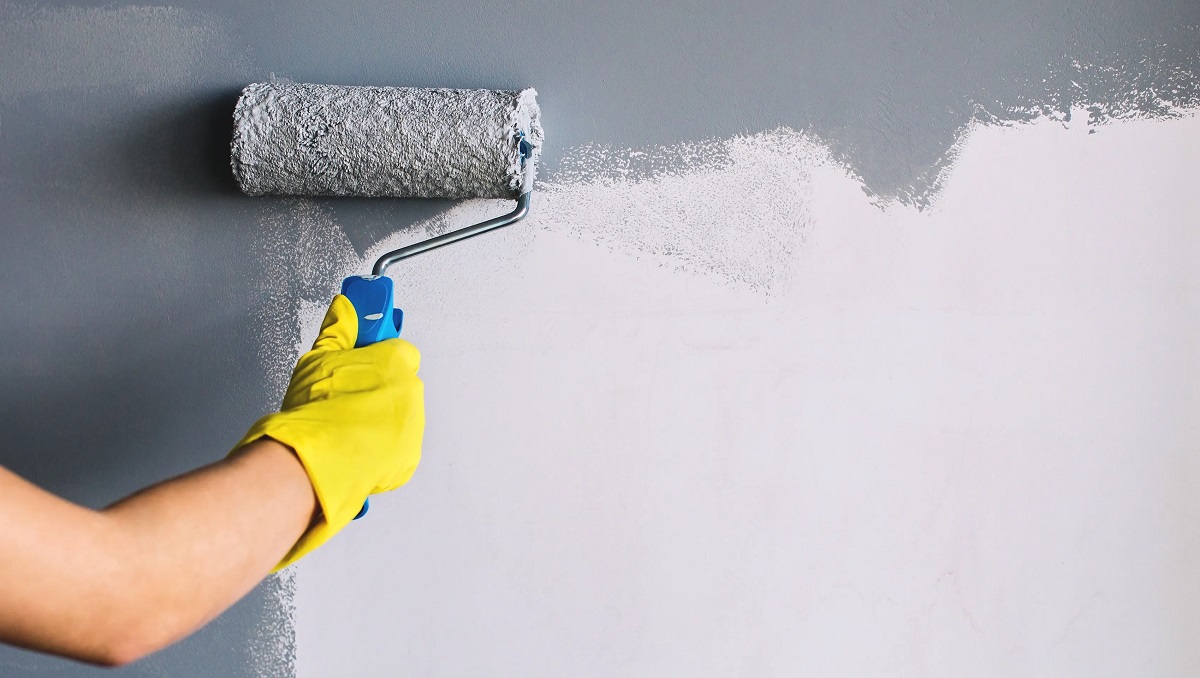

Interior Design
Eggshell Vs Matte Paint: What’s The Difference?
Modified: September 1, 2024
Discover the difference between eggshell and matte paint for your interior design projects. Understand the benefits and characteristics of each finish to make an informed choice.
(Many of the links in this article redirect to a specific reviewed product. Your purchase of these products through affiliate links helps to generate commission for Storables.com, at no extra cost. Learn more)
Introduction
When it comes to choosing the right type of paint for your interior walls, there are a multitude of options available. Two popular choices among homeowners are eggshell and matte paint. While both may seem similar at first glance, there are actually some key differences between the two.
Eggshell paint is a type of finish that falls somewhere between a flat and a semi-gloss. It derives its name from the texture and appearance it creates on the wall, resembling the surface of an eggshell. On the other hand, matte paint has a non-reflective, flat finish that gives walls a smooth and velvety appearance. The choice between eggshell and matte paint will depend on your personal preferences, the room’s function, and your desired aesthetic.
In this article, we will explore the various differences between eggshell and matte paint, including their appearance, reflectivity, maintenance, durability, cost, and areas of usage. By the end of this article, you will have a clear understanding of which paint option suits your needs best.
So let’s dive in and take a closer look at the differences between eggshell and matte paint!
Key Takeaways:
- Eggshell paint offers a soft, velvety finish with a slight sheen, making it ideal for spaces where elegance and durability are desired, such as living rooms and bedrooms.
- Matte paint provides a flat, non-reflective finish, perfect for creating a serene and relaxed ambiance in spaces like bedrooms, offices, and media rooms.
Differences in Appearance
One of the primary differences between eggshell and matte paint lies in their appearance.
Eggshell paint has a soft, velvety finish that provides a slight sheen, much like the texture of an actual eggshell. The finish is not as glossy as a semi-gloss or satin paint, but it does offer a subtle shine when light hits the surface. This makes it a good choice for spaces where you want a touch of elegance and sophistication, such as living rooms, bedrooms, and dining areas. The slight sheen of eggshell paint creates a gentle reflection of light, which can help to make the color of the paint appear more vibrant.
On the other hand, matte paint has a completely flat and non-reflective finish. It does not have any shine or gloss, giving walls a smooth and muted appearance. Because it does not reflect light, matte paint is often used to hide imperfections on walls or ceilings, making it a popular choice for older homes or spaces with uneven surfaces. Matte paint also has the advantage of minimizing glare, making it ideal for rooms where you want to reduce reflections, such as media rooms or home offices.
The choice between eggshell and matte paint in terms of appearance largely depends on the overall look and feel you want to achieve in a space. If you prefer a subtle sheen and a touch of elegance, eggshell paint may be the better option. On the other hand, if you’re looking for a completely flat and non-reflective finish to create a more contemporary or artistic vibe, matte paint could be the way to go.
In summary, eggshell paint offers a soft, velvety finish with a slight sheen, while matte paint provides a completely flat and non-reflective appearance. Consider your desired aesthetic and the overall ambiance of the room before deciding between the two.
Reflectivity
Reflectivity is an important factor to consider when choosing between eggshell and matte paint.
Eggshell paint, as its name suggests, offers a slight sheen and reflective quality. When light hits the surface of eggshell paint, it tends to scatter and bounce off, creating a subtle glow. This can help to enhance the vibrancy and depth of the color on your walls. However, it’s important to note that the reflective properties of eggshell paint are relatively low compared to glossy finishes like semi-gloss or satin. This makes it a good compromise for those who want a bit of shine without the high reflectivity of glossier paints.
On the other hand, matte paint has a non-reflective finish. It absorbs light rather than reflecting it, resulting in a smooth and muted appearance. The lack of reflectivity makes matte paint ideal for spaces where you want to minimize glare and create a more calming and soothing ambiance. This is particularly beneficial in rooms with lots of natural light or areas where you want to highlight artwork or other decorative elements without the distraction of reflection.
When considering reflectivity, it’s important to think about the specific needs of your space. If you have a room with minimal natural light or if you want to reduce glare, matte paint may be the better choice. However, if you want to add a touch of brightness and depth to your walls, while still maintaining a low to moderate level of reflectivity, eggshell paint can be a great option.
In summary, eggshell paint offers a slight sheen and moderate reflectivity, providing a subtle glow to your walls. In contrast, matte paint has a non-reflective finish, absorbing light to create a calm and muted appearance. Think about the lighting conditions in your space and the level of reflectivity you desire before making a decision between eggshell and matte paint.
Maintenance and Cleaning
When it comes to maintenance and cleaning, there are some differences between eggshell and matte paint that you should take into consideration.
Eggshell paint tends to be more durable and resistant to stains and scuffs compared to matte paint. Its slightly glossy finish creates a protective barrier, making it easier to wipe off dirt, fingerprints, and other marks from the surface. This makes eggshell paint a good choice for high-traffic areas such as hallways, kitchens, and children’s rooms, where frequent cleaning is necessary.
However, it’s important to note that while eggshell paint is more resistant to stains, it may not be as forgiving when it comes to surface imperfections. The slight sheen of eggshell paint can accentuate any bumps, cracks, or uneven texture on your walls. Therefore, proper preparation and repair work are crucial before applying eggshell paint to ensure a smooth and flawless finish.
On the other hand, matte paint requires more delicate handling and maintenance. The flat finish of matte paint is more prone to showing marks, scuffs, and stains. It’s less forgiving when it comes to cleaning, as vigorous scrubbing or using harsh cleaning agents can potentially damage the surface or cause it to lose its flat appearance. Consequently, it’s best to address stains and marks on matte-painted walls as soon as possible using gentle cleaning methods, such as lightly wiping with a soft cloth or using a mild soap solution.
In terms of maintenance, both eggshell and matte paint can benefit from regular dusting and vacuuming to keep the surfaces clean and free from debris. Additionally, it’s always a good idea to have touch-up paint on hand to address any minor imperfections that may occur over time.
Overall, while eggshell paint offers better stain and scuff resistance, it can accentuate surface imperfections. Matte paint requires more delicate cleaning methods but can still provide an elegant and sophisticated look when properly maintained. Consider the level of maintenance and cleaning required for your specific needs and lifestyle before making a choice between eggshell and matte paint.
Durability and Longevity
When it comes to durability and longevity, both eggshell and matte paint have their own strengths and considerations.
Eggshell paint is known for its durability. Its slight sheen makes it more resistant to stains, marks, and scruffs compared to matte paint. This makes it a good option for areas that experience more wear and tear, such as hallways, entryways, and high-traffic rooms. It is also more resistant to moisture, making it suitable for bathrooms and kitchens where humidity and splashes may occur.
However, despite its durability, eggshell paint may still be susceptible to chipping and peeling, especially in areas where there is excess moisture or poor surface preparation. To ensure the longevity of eggshell paint, it is important to properly clean and prime the surface before application and address any underlying issues like moisture or cracks.
Matte paint, on the other hand, may not be as durable as eggshell paint. Its flat finish is more prone to showing marks and scuffs, and the lack of sheen makes it more susceptible to damage from cleaning agents or vigorous scrubbing. However, matte paint can still provide excellent longevity in low-traffic areas where minimal cleaning and contact occur.
To improve the durability and longevity of matte paint, it is important to properly prepare the surface before painting and handle it with care during cleaning and maintenance. Avoid using abrasive cleaning agents or harsh scrubbing techniques, as these can diminish the flat appearance and cause damage to the painted surface.
In general, both eggshell and matte paint can provide long-lasting results when applied and maintained correctly. The choice ultimately depends on the specific needs and demands of the space. Consider the level of wear and tear, the presence of moisture, and the necessary cleaning and maintenance routine when deciding between eggshell and matte paint for your project.
Overall, eggshell paint offers higher durability and better resistance to stains and moisture, making it suitable for high-traffic and moisture-prone areas. Matte paint, although less durable, can still provide longevity in low-traffic areas when properly maintained.
Eggshell paint has a slight sheen and is more durable, making it ideal for high-traffic areas. Matte paint has no shine and is great for hiding imperfections on walls. Consider the level of durability and sheen you want when choosing between the two.
Read more: Satin Vs Matte Paint: Which Is Better Where?
Cost
Cost is an important factor to consider when choosing between eggshell and matte paint. The price difference can vary depending on the brand, quality, and location, but there are some general observations to keep in mind.
Generally, matte paint tends to be more affordable compared to eggshell paint. The flat finish of matte paint requires fewer ingredients and less processing, which often results in a lower price point. If you’re working on a tight budget or need to cover a large area, opting for matte paint can help keep costs down.
On the other hand, eggshell paint is typically priced slightly higher than matte paint. The additional sheen and durability of eggshell paint contribute to the higher cost. However, it’s important to consider the long-term benefits and potential cost savings when choosing eggshell paint. Its resistance to stains and wear may reduce the need for repainting or touch-ups in the future, saving you money on maintenance and upkeep.
It’s also worth noting that while the upfront cost of paint is an important consideration, it’s equally important to factor in the quality and coverage of the paint. Cheaper paint options may require more coats to achieve full coverage, resulting in higher overall costs in terms of time, effort, and additional paint needed.
To make the most cost-effective choice between eggshell and matte paint, consider the specific requirements of your project. If you’re looking for affordability and your space doesn’t require a high degree of durability or moisture resistance, matte paint can be a cost-effective option. On the other hand, if you’re willing to invest a bit more upfront for a paint that offers better stain resistance and longevity, eggshell paint may be worth the slightly higher cost.
Remember to also factor in additional costs such as primer, brushes, rollers, and other painting supplies when budgeting for your project. Choosing the right paint for your needs and considering long-term benefits can help ensure that you make a cost-effective decision.
In summary, matte paint is generally more affordable compared to eggshell paint due to its simpler formulation and lower processing requirements. However, considering long-term benefits and potential cost savings, investing in eggshell paint may be worth the slightly higher upfront cost for its durability and stain resistance. Evaluate your budget, project requirements, and long-term goals to make the most cost-effective choice between eggshell and matte paint.
Application and Coverage
When it comes to application and coverage, there are some differences between eggshell and matte paint that you should take into consideration.
Eggshell paint is known for its smooth and easy application. Its texture allows for a more forgiving finish, helping to conceal brush or roller marks. This makes it a popular choice for DIY enthusiasts or those who are not experienced painters. Additionally, eggshell paint typically requires fewer coats to achieve full coverage, saving you time and effort. It provides a good balance between coverage and texture, allowing you to achieve a professional-looking finish with relative ease.
On the other hand, matte paint may require more coats for full coverage. The lack of sheen and texture in matte paint can make it more challenging to apply evenly, and it can show more imperfections if not applied correctly. However, with proper technique and preparation, matte paint can result in a smooth and flawless finish. Keep in mind that applying additional coats of paint can extend the overall project time and potentially increase costs, as you will need to purchase more paint to cover the desired area.
To ensure the best application and coverage for both eggshell and matte paint, proper preparation is crucial. This includes cleaning the walls, repairing any damages, and applying a primer if necessary. It’s also important to choose high-quality paint brushes and rollers that are appropriate for the type of paint you’re using. Following the manufacturer’s instructions and working in even strokes can help you achieve a more seamless and professional-looking finish.
In terms of coverage, both eggshell and matte paint offer similar results when applied correctly. However, the number of coats required may vary depending on the specific brand, color, and surface that you’re painting. It’s always a good idea to consult the paint manufacturer’s recommendations or seek professional advice if you’re unsure about the coverage requirements for your project.
In summary, eggshell paint is known for its smooth application and forgiving finish, typically requiring fewer coats for full coverage. Matte paint may require more coats and can be more challenging to apply evenly, but with proper technique and preparation, it can result in a flawless finish. Properly preparing the surface, using high-quality tools, and following the manufacturer’s instructions are essential for achieving the best application and coverage for both types of paint.
Areas of Usage
Both eggshell and matte paint have their own areas of usage, depending on the desired look and functionality of the space.
Eggshell paint is versatile and can be used in a variety of areas within a home. Its slight sheen and durability make it a popular choice for living rooms, bedrooms, dining areas, and hallways. These are spaces where a touch of elegance and sophistication is desired, and where the walls may be subjected to moderate wear and tear. The soft glow of eggshell paint can enhance the richness of colors and create a warm and inviting atmosphere.
Matte paint, on the other hand, is often preferred for spaces where a flat, non-reflective finish is desired. It is commonly used in areas such as bedrooms, offices, libraries, and media rooms, where the focus is on creating a more serene and relaxed ambiance. Matte paint is also an excellent choice for accent walls or spaces that showcase artwork, as it minimizes glare and allows the visual elements to take center stage.
It’s important to consider the specific needs and functionality of each area before deciding between eggshell and matte paint. For instance, in high-traffic areas prone to stains or moisture, such as kitchens and bathrooms, eggshell paint may be a better choice due to its higher resistance to these factors. Matte paint, on the other hand, is better suited for low-traffic areas where maintaining a calm and understated look is important.
When choosing between eggshell and matte paint, you should also take into account the overall aesthetic of your home. If you prefer a more classic or traditional vibe, eggshell paint can lend an elegant touch to your interiors. On the other hand, if you lean towards a modern or contemporary style, matte paint can provide a sleek and clean look.
In commercial spaces, the choice between eggshell and matte paint will depend on the specific requirements of the setting. Eggshell paint may be suitable for areas such as offices, lobbies, and conference rooms, where durability and a touch of sophistication are valued. Matte paint, on the other hand, can be used in retail spaces, galleries, or studios, where a non-reflective surface is desired to enhance the visibility and appreciation of displayed products or artwork.
In summary, eggshell paint is versatile and can be used in various areas, offering durability and a subtle sheen. Matte paint is ideal for spaces that require a flat, non-reflective finish and a more relaxed ambiance. Consider the specific needs, style, and functionality of each area before deciding between eggshell and matte paint.
Conclusion
In conclusion, there are several key differences between eggshell and matte paint that you should consider when it comes to choosing the right option for your interior walls.
Eggshell paint offers a soft and velvety finish with a slight sheen, creating a subtle glow and enhancing the vibrancy of colors. It is durable, resistant to stains, and relatively easy to maintain and clean. Eggshell paint’s versatility makes it suitable for a variety of areas, from living rooms to bedrooms, where a touch of elegance and sophistication is desired.
On the other hand, matte paint provides a flat and non-reflective finish that creates a smooth and muted appearance. It is an excellent choice for spaces where you want to minimize glare and create a serene and relaxed ambiance. While matte paint may require more delicate handling and maintenance, it can still offer an elegant and contemporary look when properly applied.
Consider factors such as the desired aesthetic, the specific needs of the space, the level of durability required, and your budget when making a decision between eggshell and matte paint. Each option has its own advantages and considerations, so it’s important to assess your priorities and choose accordingly.
Remember to properly prepare the surface, use high-quality tools, and follow the manufacturer’s instructions for the best application and coverage. This will help ensure a professional-looking finish regardless of whether you choose eggshell or matte paint.
Lastly, if you’re still unsure which paint type to choose, consult with professionals or seek guidance from knowledgeable sources. They can provide personalized advice based on your specific circumstances and help you make an informed decision.
Ultimately, both eggshell and matte paint can transform the look and feel of your interior spaces. Whether you’re going for a subtle sheen or a flat, non-reflective finish, both choices have their own unique charm. Consider your personal preferences, the functionality of the space, and the overall aesthetic you hope to achieve, and you’ll be well on your way to selecting the perfect paint for your project.
Now that you've got the scoop on eggshell and matte paints, why not consider the foundation they'll adorn? Sprucing up your space involves more than just a fresh coat of paint. Floors are key elements in any home renovation, and choosing the right type can transform a room. If you're pondering what flooring might best suit your home, check out our guide to the top hardwood floors for home renovation. It's packed with insights to help you select floors that not only look stunning but also stand up to daily wear and tear.
Frequently Asked Questions about Eggshell Vs Matte Paint: What’s The Difference?
Was this page helpful?
At Storables.com, we guarantee accurate and reliable information. Our content, validated by Expert Board Contributors, is crafted following stringent Editorial Policies. We're committed to providing you with well-researched, expert-backed insights for all your informational needs.
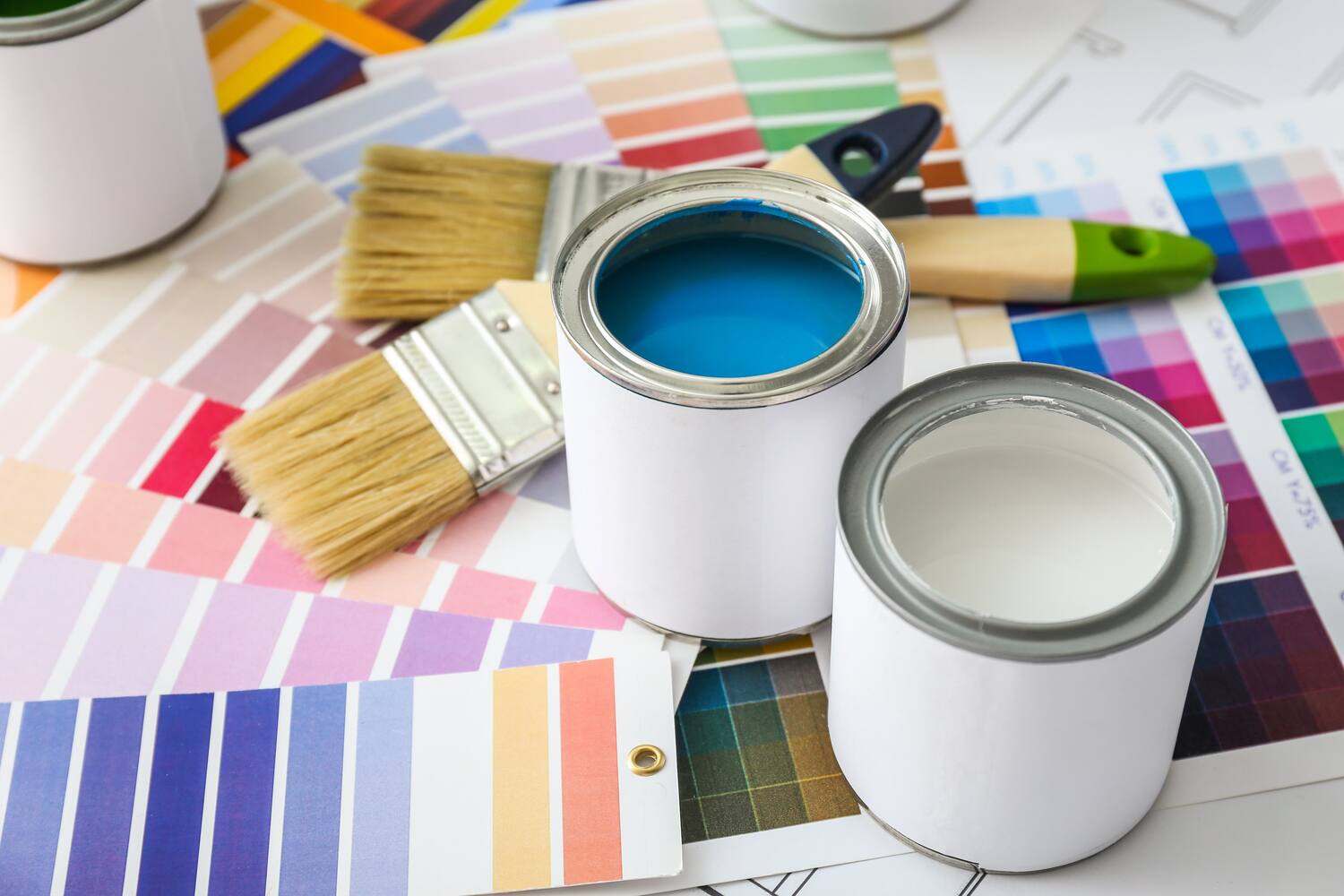
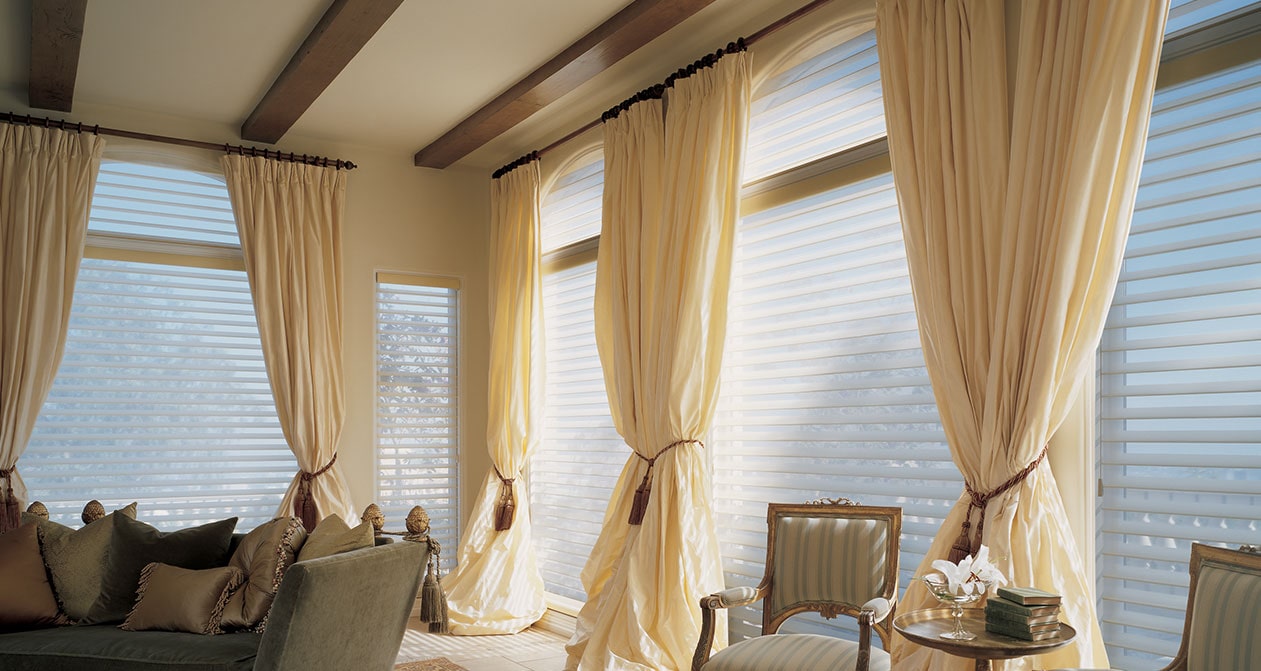
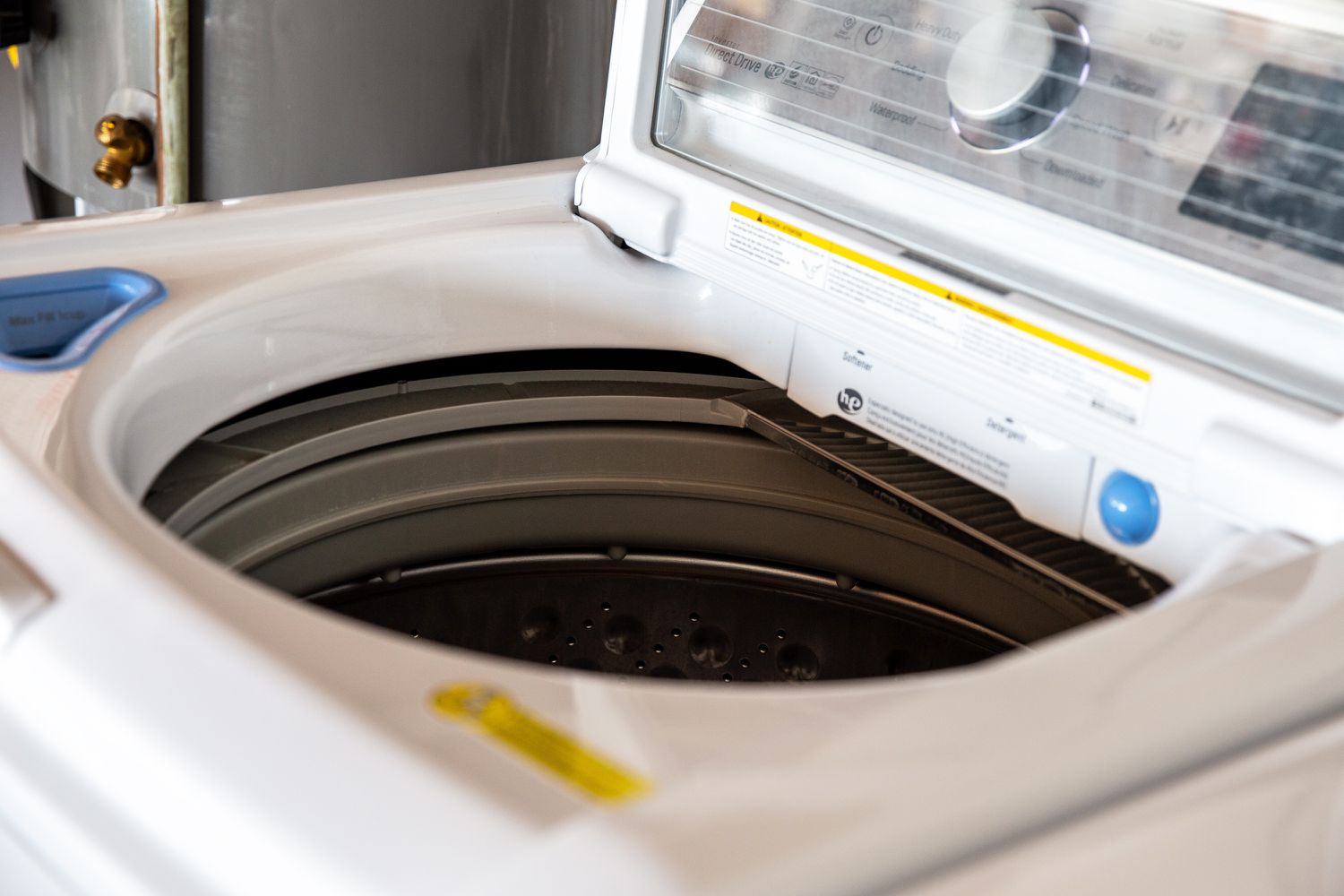

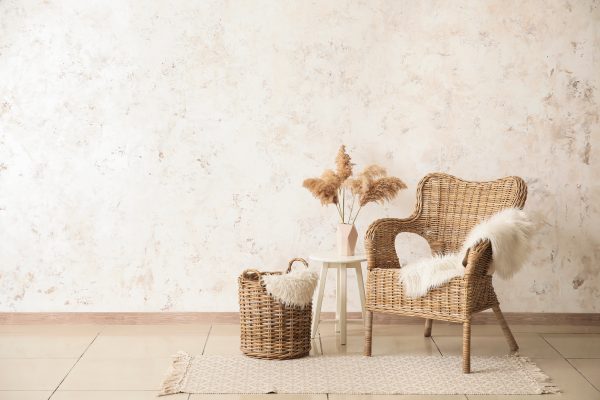
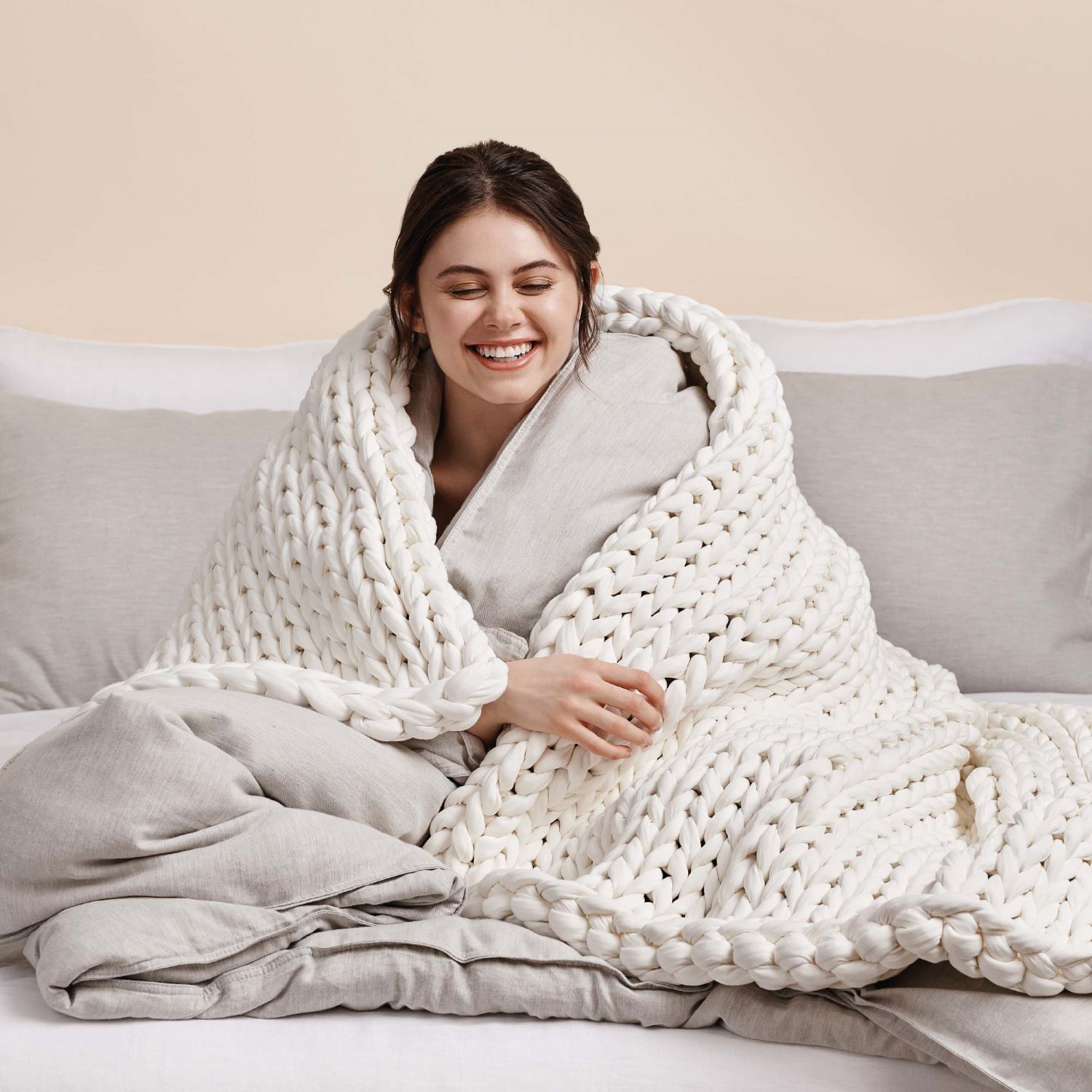
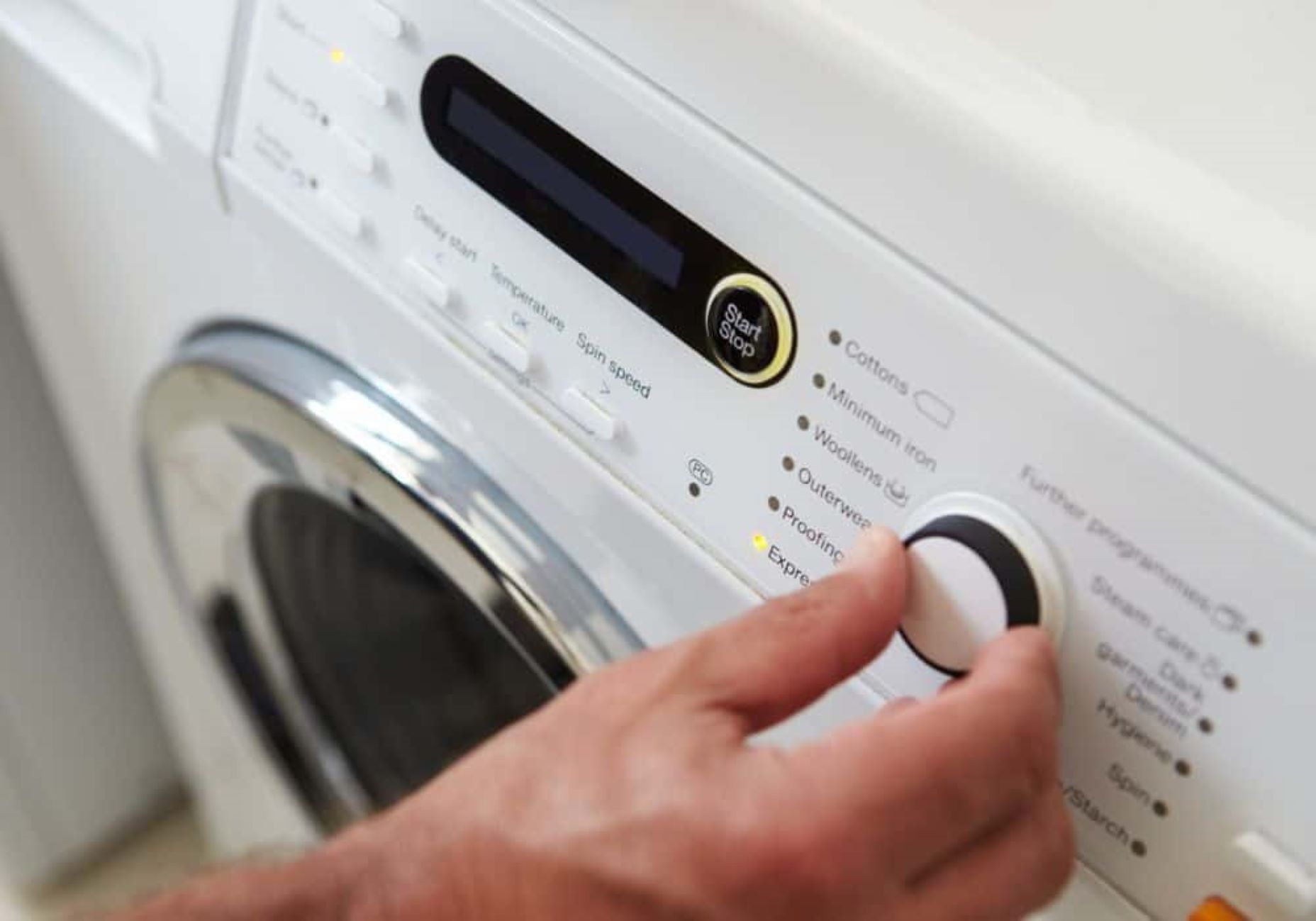
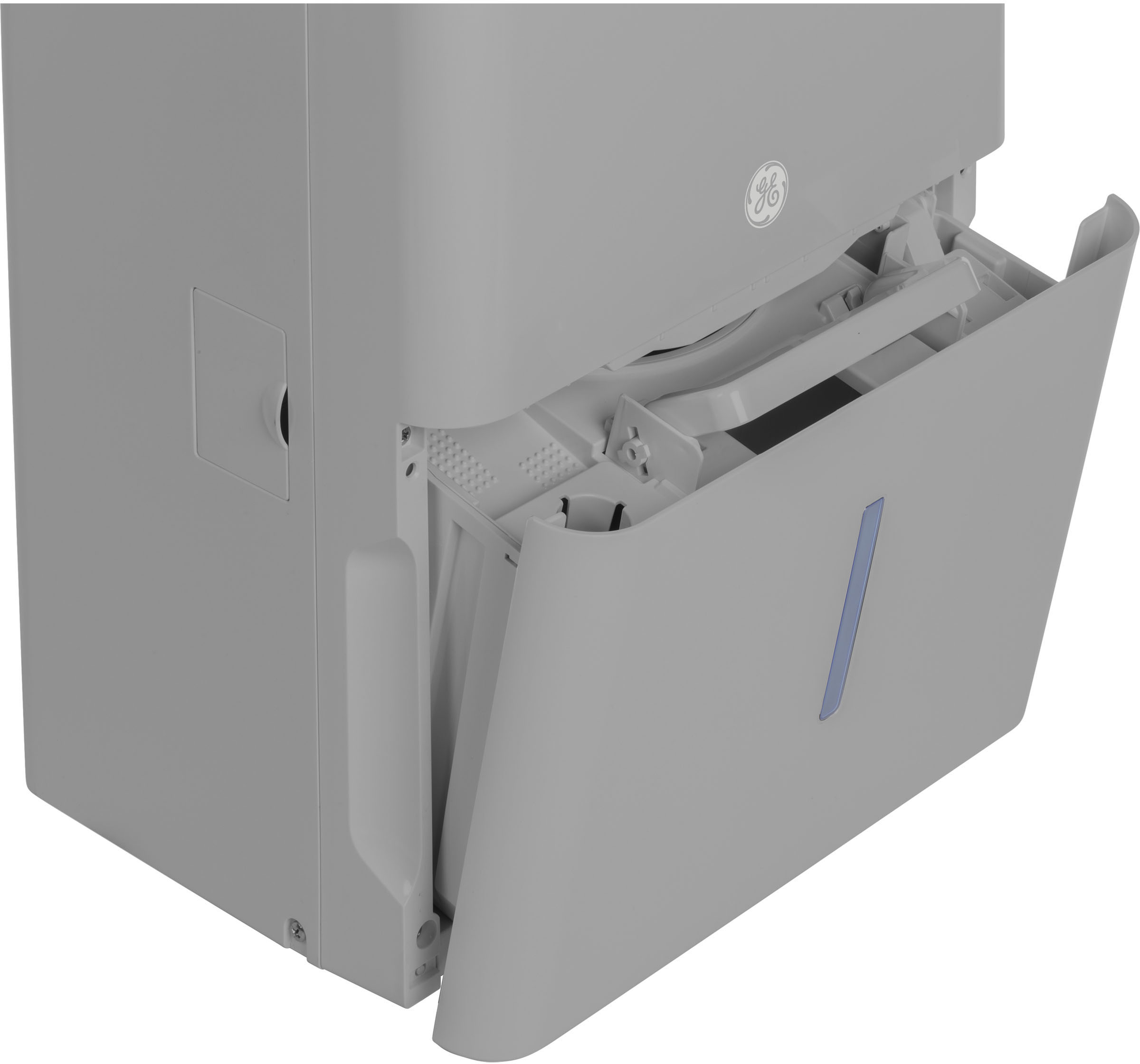







0 thoughts on “Eggshell Vs Matte Paint: What’s The Difference?”